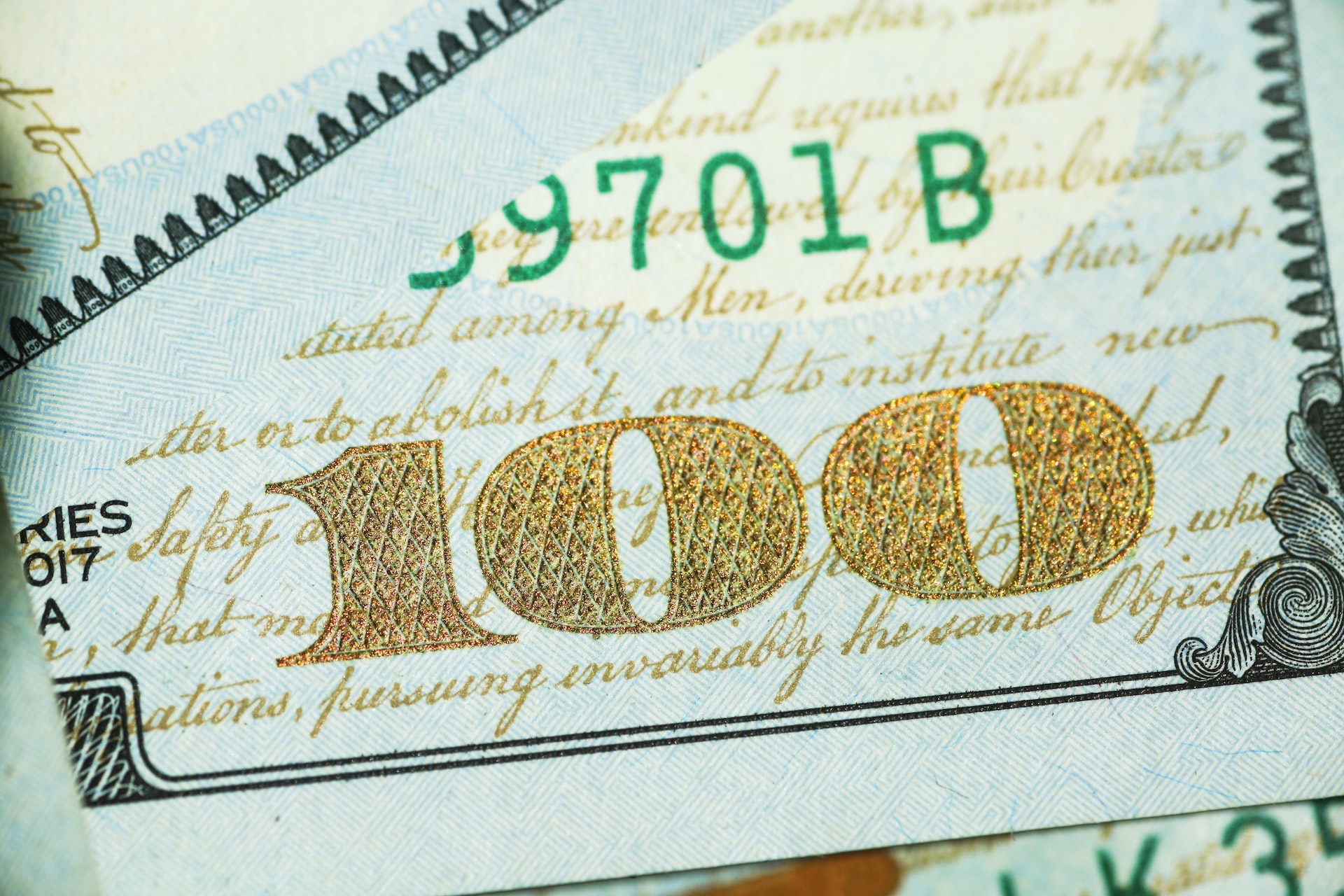Every investor starts somewhere, and you could start with $100 if that is all you have. Investing $100 won’t change your life overnight, but if you consistently invest over several years, you can end up with a sizable nest egg. Moreover, $100 can stretch you further than you would expect. It could be enough money to enter several assets and fortify your finances.
How Can You Start Investing?
Investors can choose from many assets. They can buy stocks, crypto, real estate, and other assets. Investors find opportunities in the marketplace and discover how to complete purchases. You will need an account to deposit funds and invest in an exchange. A brokerage account lets you buy stocks, while crypto marketplaces allow you to connect your digital wallet or buy crypto as if they were stocks.
Can You Start Investing with Just $100?
You don’t need a lot of money to start investing. Fractional shares and commission-free trades have enabled investors to start early and make frequent investments. It is possible to start with just $100. You could even start a stock or mutual fund position even if it costs over $100 per share. Investing your first $100 represents the starting point. After that, you can make frequent contributions to your portfolio.
Where to Invest Your $100
Investors can select from many options. Diversifying your portfolio reduces your downside and helps you capitalize on more opportunities. $100 can stretch you further than you think, especially if you make frequent investments. These are some of the best ways to use your $100 investment.
Build an Emergency Fund
A monthly budget could help you cover recurring expenses. However, emergencies happen and can suddenly put you in financial distress. More than half of Americans cannot cover an emergency expense of over $1,000. Putting money into an emergency fund can help leave you more prepared for a rainy day. You also won’t have to pull money out of your portfolio to cover expenses. The emergency fund protects your assets and budget.
Consider a High-Yield Savings Account
High-yield savings accounts are investments with virtually zero risk as long as the Federal Deposit Insurance Corporation protects the bank. You receive interest on your balance in the account. Most financial institutions provide low-interest payments. However, some bank accounts offer higher yields and are worth checking into. Investors can increase their yield by investing in bonds. Government bonds offer the safest returns, while corporate bonds provide higher returns in exchange for more risk. This asset class doesn’t generate high returns, but you can get reliable cash flow until the bond’s maturity.
Invest in Stock Index Mutual Funds or Exchange-traded Funds
The stock market provides investors with many opportunities. Stock index mutual funds and ETFs provide instant portfolio diversification. These funds invest in dozens or hundreds of stocks, depending on which ones you select. You can start a position in these funds for as little as $1, continue adding as you make and save more money. Stock funds can produce big returns for investors.
Buy Fractional Shares of Stocks
$100 is enough to enter a position in any stock. Some stocks trade for under $100, but you could buy fractional shares of any individual stock worth over $100 per share. Fractional shares make it easier to enter positions and grow them over time. For example, a single Berkshire Hathaway Class A share costs well over $100,000, but you can allocate $100 to get a fractional share. This structure gives you exposure to the company without needing to raise over $100,000 for a single share. If you want to buy several company shares for under $100, penny stocks can help. These stocks trade for under $5 per share, but lower prices don’t necessarily make them cheap.
You can also use fractional shares to make real estate investments. Investors can buy real estate investment trusts, which buy, hold, and sell various real estate assets. You could gain exposure to warehouses, apartments, office buildings, and other assets with a few dollars. Some funds invest in various REITs to offer further diversification.
Invest for Your Retirement
Retirement is supposed to be enjoyable. It is a good idea for retirees to have enough money from social security and their portfolios to cover the cost of living. Unfortunately, research from the Transamerica Center for Retirement Studies revealed that 24% of workers do not have a retirement plan in place. Skipping the retirement portfolio can make you financially desperate when you reach your retirement years.
You could invest in an individual retirement account, such as a Roth IRA. A Roth IRA protects all of your capital gains and dividends from taxes. This protection can help you reach your financial goals sooner since you’ll owe less to the government. It’s never too early or too late to start planning your retirement. Investing in your retirement portfolio each month will provide an extra layer of financial security when you need it the most.
Consider Cryptocurrency
Cryptocurrencies have gained plenty of attention since Bitcoin’s 2009 launch. These assets have comfortably outperformed index funds. While the S&P 500 and NASDAQ are up 58% and 116% over the past five years, respectively (June 2017 – June 2022), Bitcoin has surged nearly 700% during the same timeframe, with some altcoins seeing greater gains.
Despite these high long-term returns, cryptocurrencies are not for every investor. These assets require a high-risk tolerance. Cryptocurrencies are incredibly volatile, with frequent 5% moves on a given day. Bitcoin is more than 60% below its all-time high. It’s easier to overlook Bitcoin’s drop if you started your position a few years ago. However, the drastic price drop has stung new investors. The volatility, downside, and gains amplify if you stretch beyond Bitcoin and seek altcoins.
Some Tips to Help You Save and Maximize Your Investment
Every investment allows you to expand your portfolio. Each $100 investment may not feel like much, but the compound effect demonstrates how small habits can significantly impact your life. Investing $100 per month turns into a $12,000 portfolio plus capital gains over ten years. You can double your portfolio to $24,000 by investing an additional $100 per month. Many investors want to save and maximize their money. These strategies will help.
Determine How Much You Want to Invest
Consider your monthly contribution. Setting a goal establishes a minimum investment. You could decide to start with $100 per month and increase that number over time. A jump from $100/mo to $200/mo may be challenging for some investors, but jumping from $100/mo to $105/mo requires less of a leap. A starting point turns you into a consistent investor and creates the possibility of higher contributions in the future.
Sign Up for Automatic Investing
Not everyone remembers to invest each month manually. Forgetting to invest can hurt your portfolio, and you may use the money in your bank account for other purposes.
Round Up Your Spare Change
Spare change doesn’t feel like much at the moment. Some purchases may give you $0.23 in change, while others provide $0.62. This spare change won’t vastly change your life, but you can put this extra money to work in your portfolio. Some banking apps let you round up every purchase and put the difference into your portfolio. For instance, if you spend $12.27 on an item, they will round up the purchase to $13. The remaining $0.73 goes into your portfolio.
Most investors won’t notice the missing $0.73, but it will compound in your portfolio over time. Small amounts of money will add up in the long haul. Depending on how many items you purchase with this feature, you can add an extra $5-$10 per month to your portfolio.






